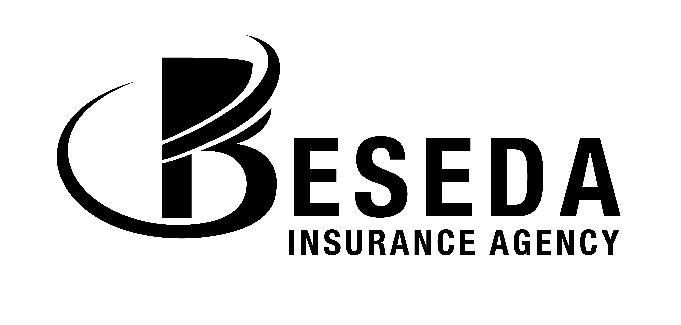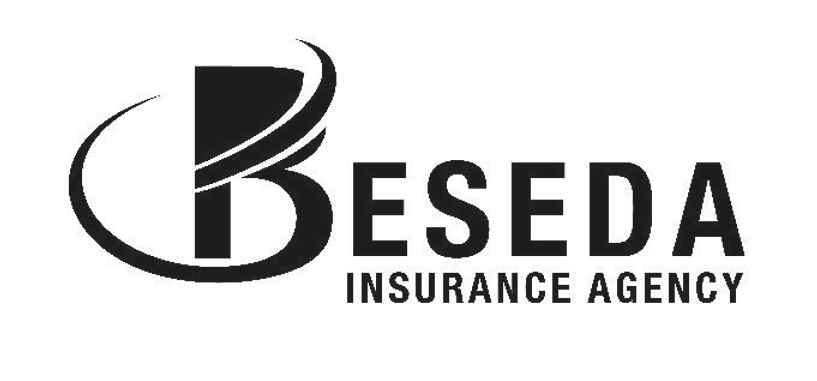Zoey Talas
Deer Collision Safety: Protect Yourself This Fall
Oct 08 2025 15:00
As the leaves begin to change and the crisp air sets in, the beauty of fall casts a serene backdrop. However, amidst this seasonal splendor lies a hidden risk—deer collisions. With deer-related accidents skyrocketing during these months, it's more important than ever to be vigilant. Annually, these incidents lead to over $1 billion in damages, with average repair costs exceeding $3,000. Fortunately, you can take proactive measures to protect yourself and your vehicle as we enter the high-risk period from October to December.
Be Mindful of Peak Activity Hours
Deer are most active during late afternoon to dusk, and dawn. These times can be particularly challenging due to lower visibility, making it essential to stay alert. Extra caution on rural roads or in wooded areas during these hours can significantly enhance safety.
Use Your High Beams Wisely
While driving at night, high beams can be your ally. Utilize them when there's no oncoming traffic to potentially spot deer from a distance, thanks to the reflection of their eyes, giving you more time to react.
Look for More Than One
Seeing one deer might mean more are nearby. If a deer crosses in front of you, slow down and remain vigilant, as deer often travel in groups and could follow one another.
Know When Not to Swerve
In the event a deer darts in front of your vehicle, brake firmly yet stay in your lane. Swerving can lead to collisions with other vehicles or stationary objects, posing greater harm than hitting the deer.
Heed the Signs
Deer crossing signs denote high-traffic areas for these animals. These aren't merely suggestions but alerts that should urge you to reduce speed, giving you more time to react if a deer does cross your path.
Use Your Seat Belt
Seat belts dramatically reduce the risk of serious injury in collisions, making them an indispensable safety feature, especially in potential deer encounters.
If a Collision Occurs, Take the Proper Steps
Should you be involved in a collision, first move your vehicle to a safe location if possible. Use your hazard lights, contact police for an accident report, refrain from approaching the injured deer, and promptly report the incident to your insurance provider.
Though deer collisions represent a serious seasonal hazard, they can be greatly mitigated with the right amount of caution and preparedness. Stay alert, treat every rural and wooded stretch with caution, and you'll navigate this period more safely. Should you have any questions about your auto insurance coverage for deer-related incidents, contact our office today for guidance and support.

